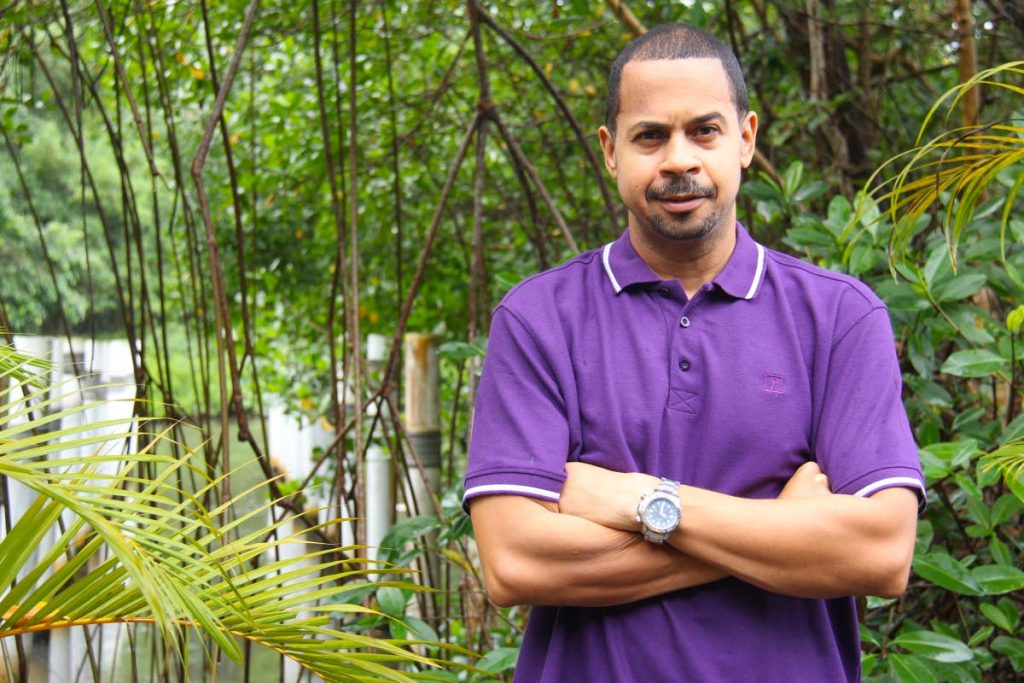Questions for a divided America

IF YOU believe a Black man in the US armed with a high-powered rifle walking the street and a white man similarly armed in the same setting would be treated equally by law enforcement, you'll probably hate this column.
Jacob Blake learned his place on the totem pole the hard but increasingly common way interactions between Black Americans and police typically culminate. Shot seven times in the back, doctors aren't sure he'll ever walk again.
Blake's shooting almost immediately galvanised protests. It was in these demonstrations in Kenosha, Wisconsin, that Blake's stark contrast would enter from stage right (wing?).
Kyle Rittenhouse, a 17-year-old wannabe policeman, found himself in a state that wasn't his own, protecting property in which he had no concern, referencing a “job” he didn't hold, brandishing a military-style weapon he wasn't legally old enough to carry. News outlets are saying Rittenhouse was welcomed by police officers.
In the conduct of his “duties,” Rittenhouse opened fire on other civilians, killing two and wounding a third. He then sauntered calmly through a pall of teargas and chaos, with police vehicles wailing past him. He surrendered himself the following day without incident.
With the ongoing debate about this tale of two shootings – Blake and Rittenhouse – there are two species of ambiguity at play here.
Reports about Blake's shooting put a knife in his vehicle but not on his person. Accounts of events preceding his shooting by officers vary wildly, with some claiming he clashed with them. Video of the incident, however, shows a different story – a man being shot multiple times in the back while almost encircled by a phalanx of officers.
On the other hand, a teenager shoots people in full view of cameras and multiple eyewitnesses. Rittenhouse was able to walk away with his life from a decision that would most likely have gotten a Black man killed in a heartbeat. In both cases what's clear to some is murky to others.
Meanwhile, Rittenhouse has since attracted hundreds of thousands of dollars to fund his legal defence from like-minded Americans who believe the 17-year-old shooter was standing up against domestic terrorism. But what is domestic terrorism if not a man shooting civilians in the street in a situation he could easily have avoided by keeping his ar-- kwart at home?
There are many who argue passionately against the narrative of systemic, institutionalised racism in US law enforcement. Data exploring the matter is funny in that it can be twisted or incorrectly interpreted to suit a particular agenda.
For example, a survey conducted in 2019 suggests African Americans have a much higher chance of being killed by the police than any other ethnic demographic. Now the actual figures show that of the overall number of shootings that year, 36 per cent of police fatalities were white Americans while 23 per cent were Black.
Fair enough, except African Americans comprise less than 14 per cent of the population in the US. As such, they are assessed as having a greater risk of being killed by the police relative to their numbers in the US population.
Conversations about racism and police brutality focus on current US President Donald Trump. He is widely derided as a catalysing force emboldening racist elements among his base, all with the goal of buttressing his source of power and feeding a rapacious ego.
While Trump has certainly contributed to the race-fuelled chaos in the US, pinning blame on him entirely is disingenuous and flawed.
In fact, the election of the first Black president in the US triggered a spike in hate crimes. The far-right movement in the US gained a terrifying fillip during the Obama years; it just continues its exponential growth under Trump who has been, at the very least, sympathetic towards warped right-wing ideologies.
A Trump defeat, if it happens, won't give what the truth takes away – race battle lines have been drawn in the US. There's little room for consensus on an issue that sharply divides so many.
Why are so many Americans fixated on the outflows of protests (rioting, property destruction, etc) to the exclusion of the circumstances that trigger them? How does black on black violence negate valid concerns of disproportionate application of excessive force in the black community? Are problematic police shootings of African Americans corollaries to black crime in America? Why are all protesters thugs and terrorists, but heavily armed militiamen law-abiding patriots?
The answers to these questions are easy – the problem lies with the people who refuse to hear them.

Comments
"Questions for a divided America"